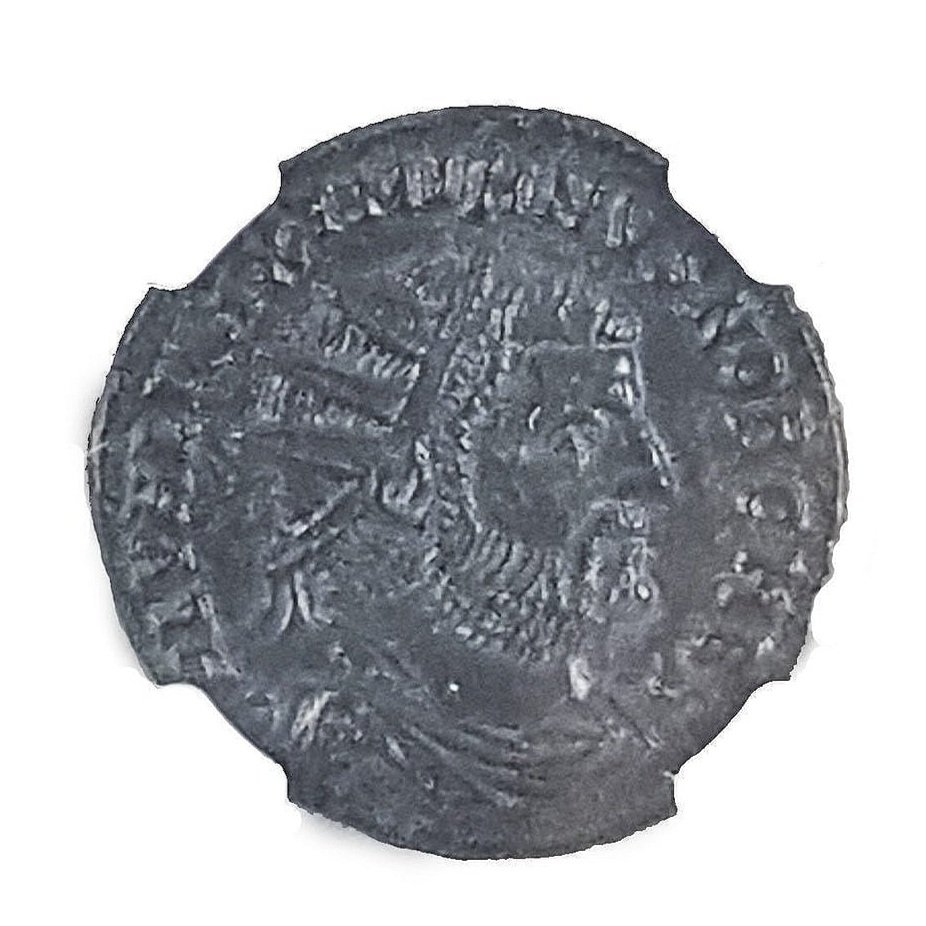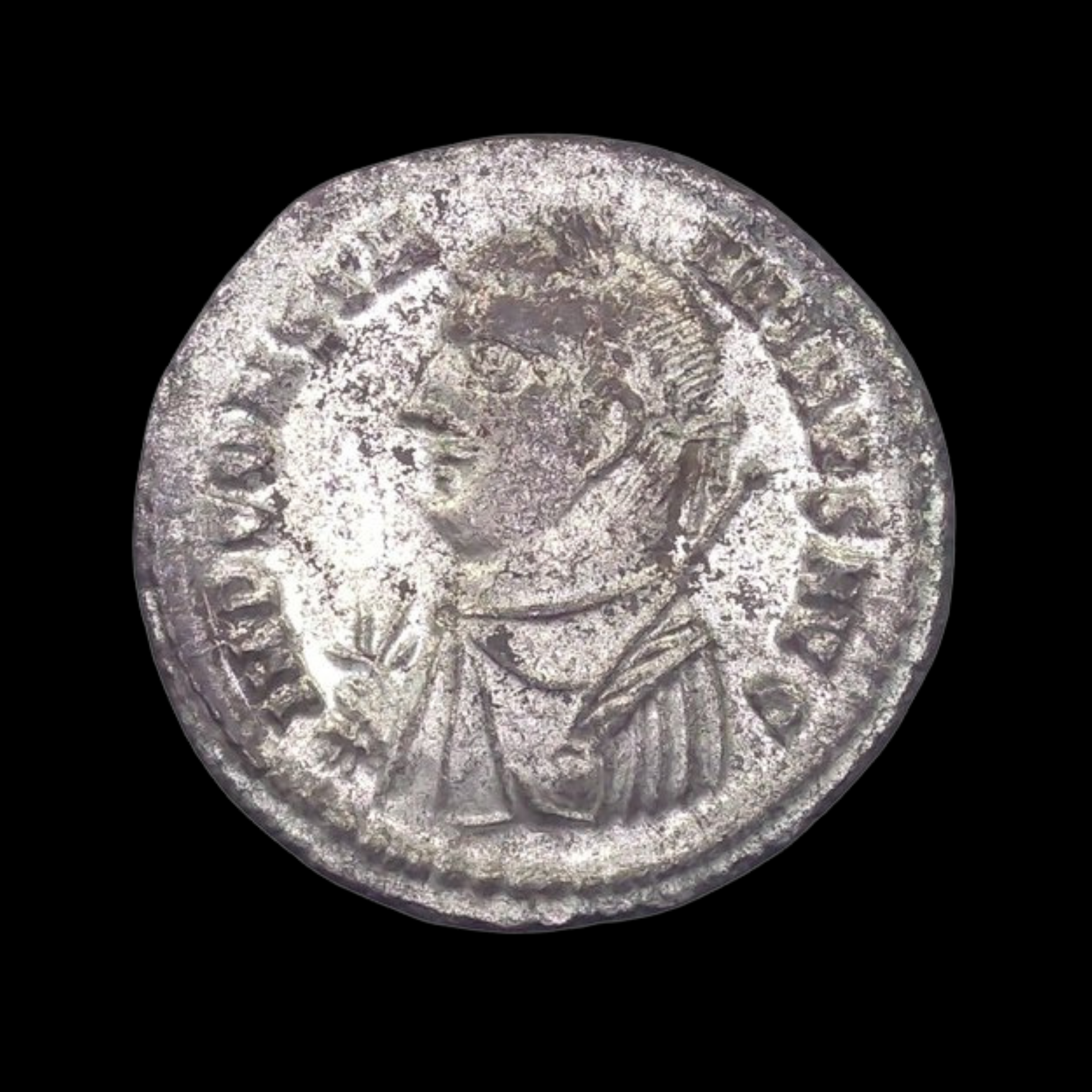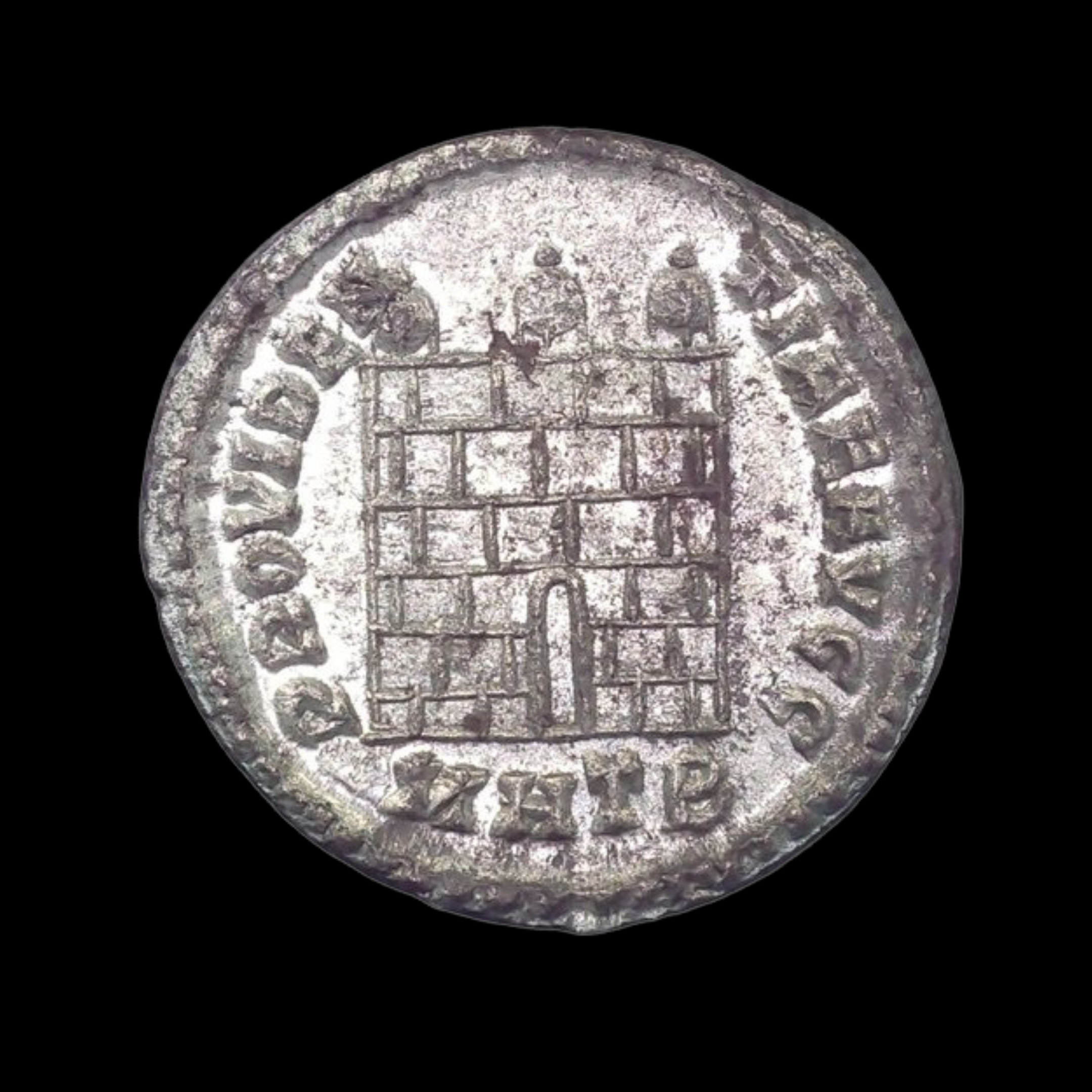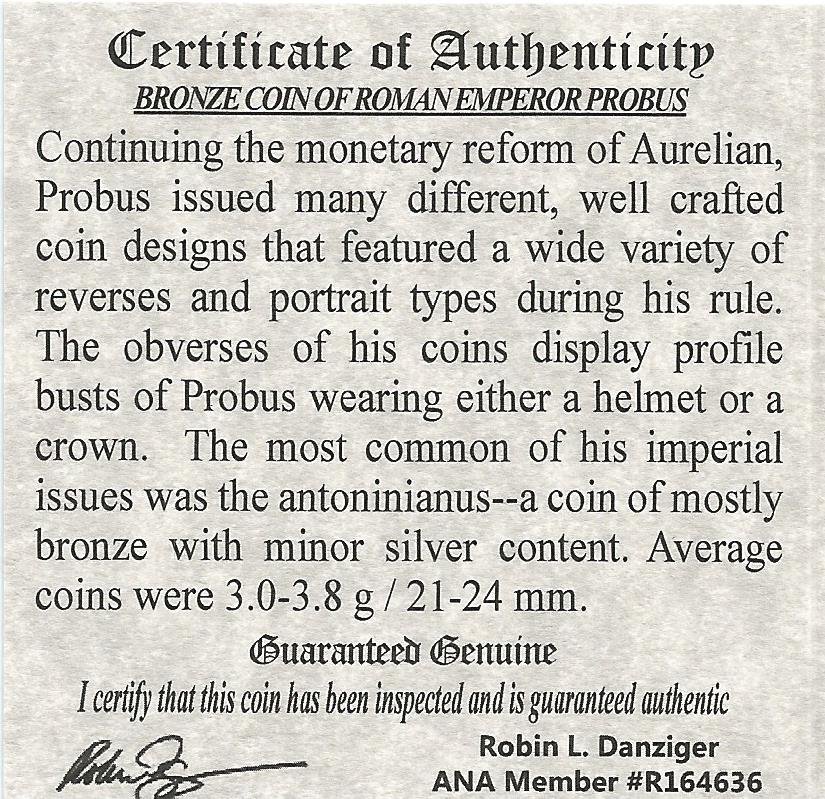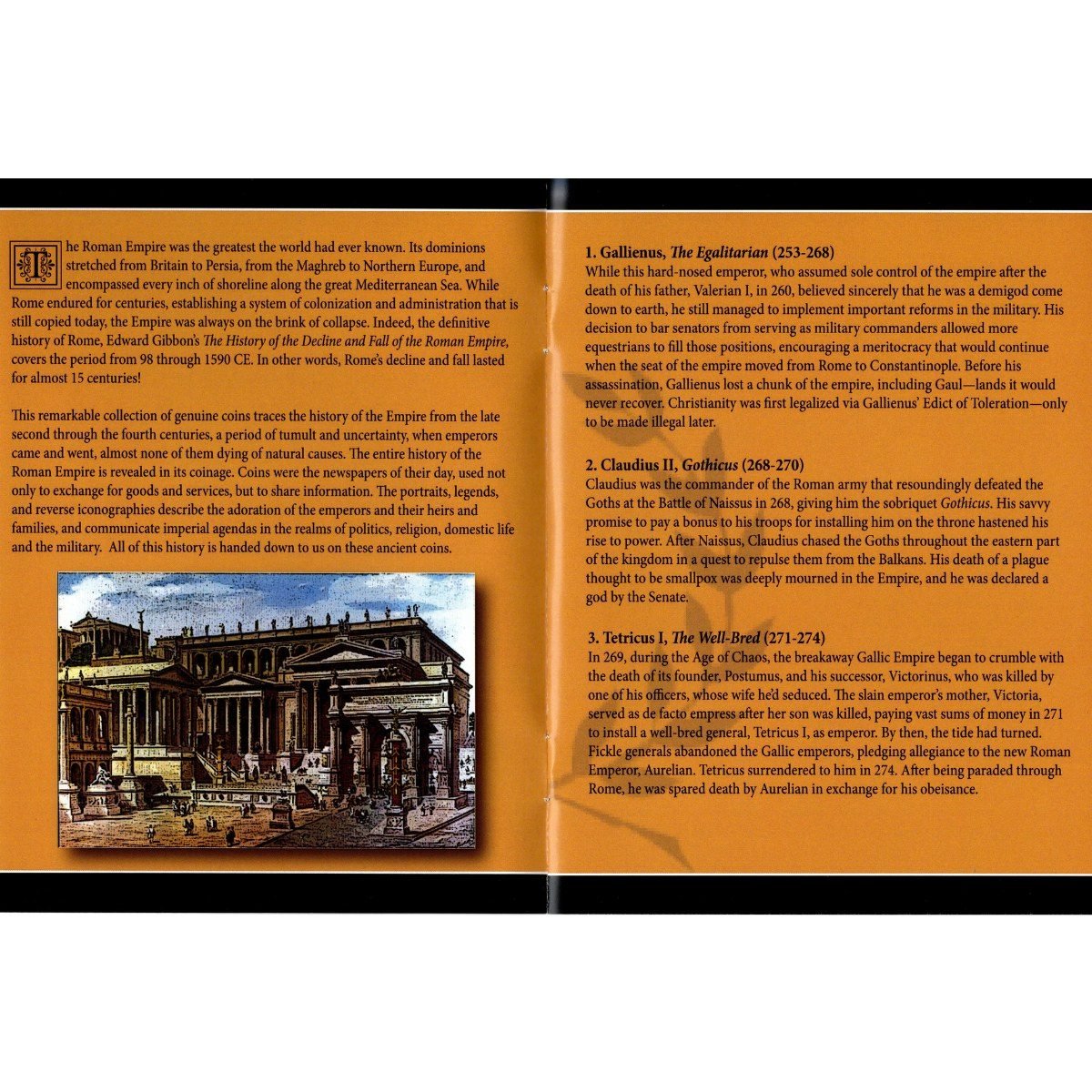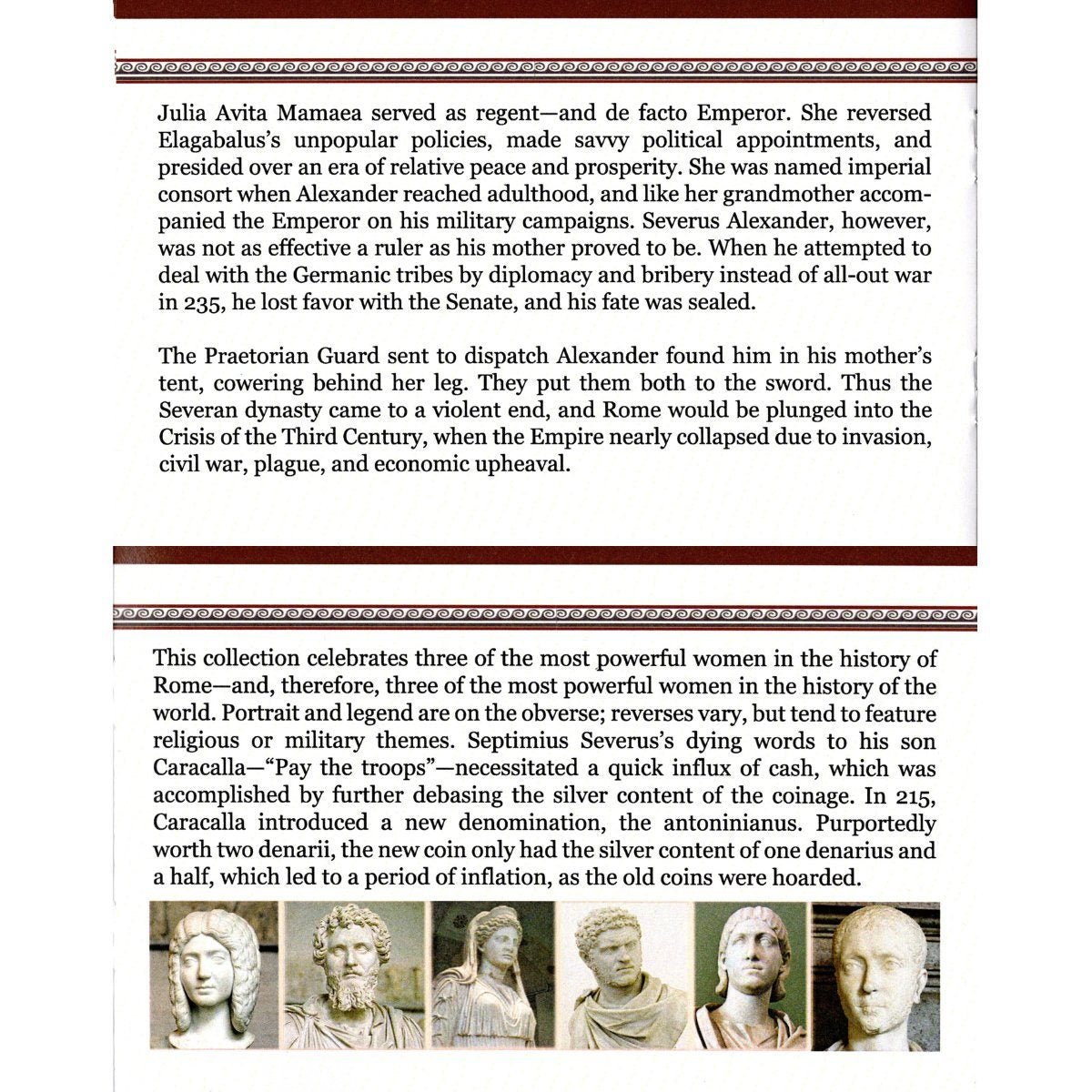Roman AE Of Galerius (AD 293-311) NGC
Coins in images are examples only.
A soldier during the reigns of Aurelian and Probus, Galerius was named Caesar in 293 and Augustus 12 years later, during the Tetrarchy period, when the Empire was divided into smaller units for ease of administration.
Coins in images are examples only.
A soldier during the reigns of Aurelian and Probus, Galerius was named Caesar in 293 and Augustus 12 years later, during the Tetrarchy period, when the Empire was divided into smaller units for ease of administration.
Coins in images are examples only.
A soldier during the reigns of Aurelian and Probus, Galerius was named Caesar in 293 and Augustus 12 years later, during the Tetrarchy period, when the Empire was divided into smaller units for ease of administration.







